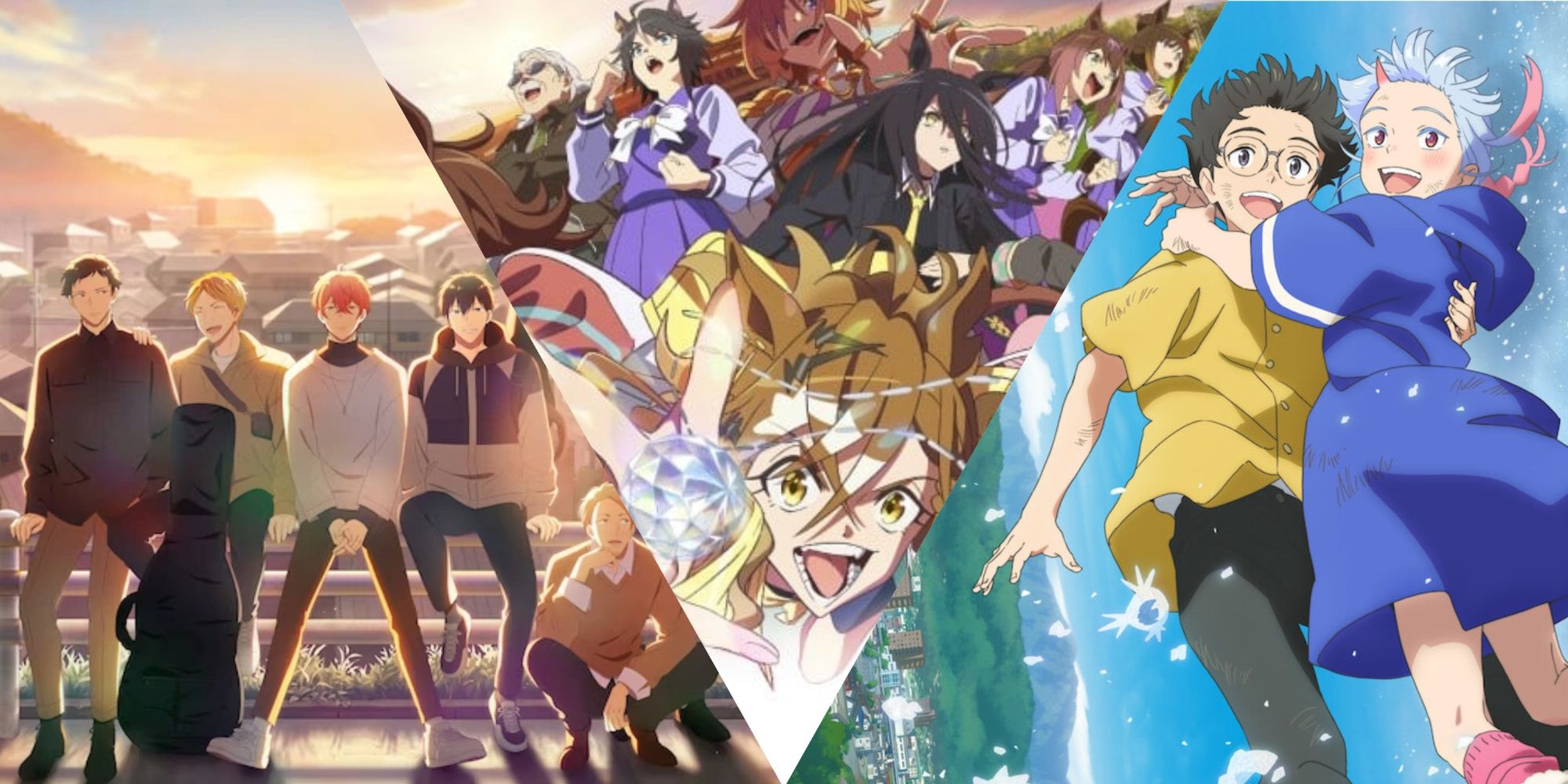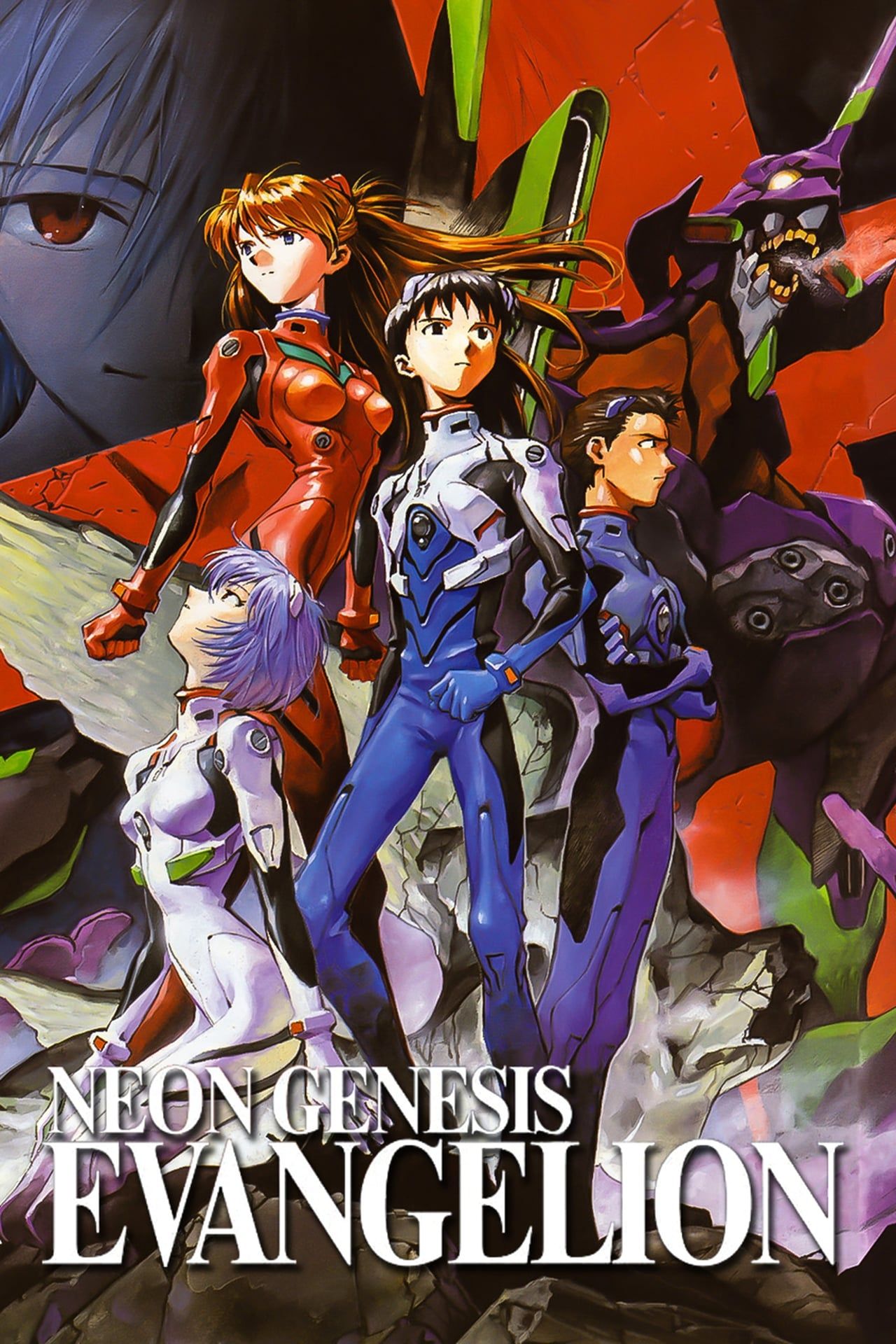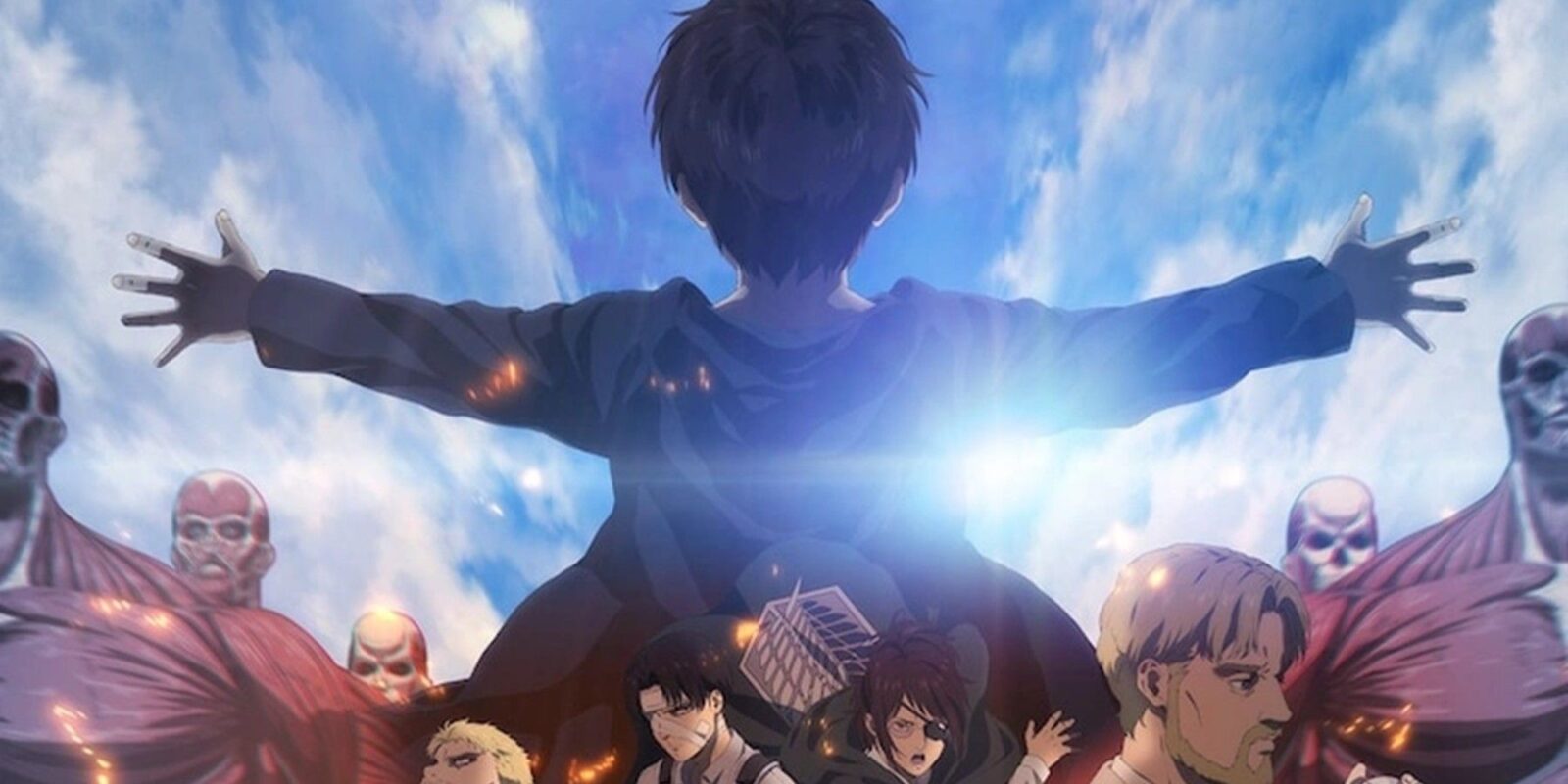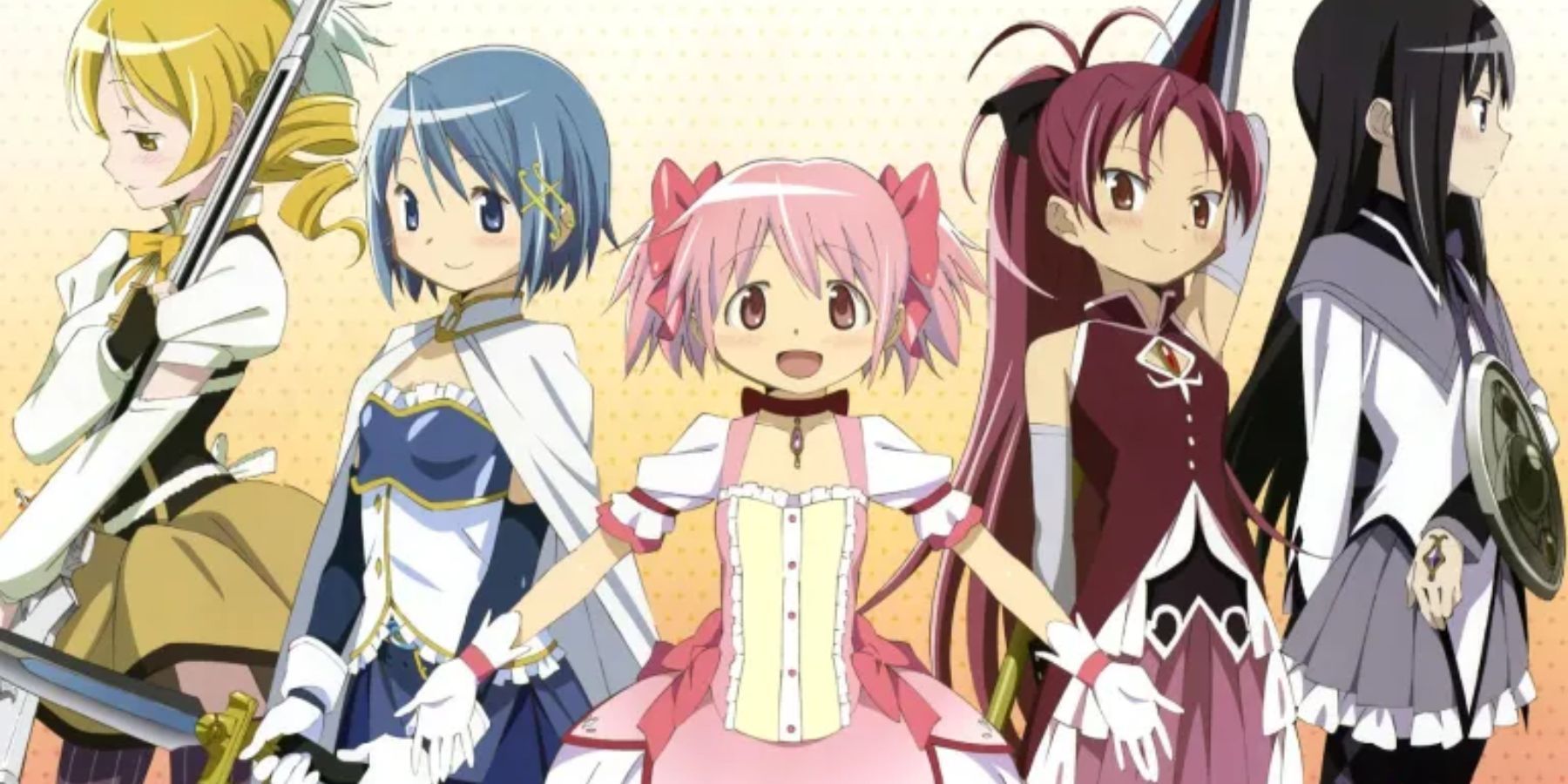Summary
- Anime compilation films serve as a gateway to anime for new viewers, offering a condensed version of beloved stories.
- Although popular in Japan, North American audiences tend to prefer original movies over compilation films.
- The worth of anime compilation films depends on personal viewing habits, with some fans enjoying condensed versions while others prefer binge-watching entire series.
Anime compilation films have existed for decades as a unique movie format. They consist of movies that compile or condense content from a TV anime series into a feature-length film, sometimes with added scenes, re-edited content, or improved animation, depending on the circumstances, but typically cutting out filler and ‘unnecessary’ content to get an anime’s story out in less time. These films have played a pivotal role in shaping the anime landscape, offering fans a new way to experience already beloved stories while introducing casual viewers to expansive franchises in a more digestible format before anime hit the mainstream.
But now that binge-watching and streaming services have been normalized in the anime industry, what’s the point in a compilation film? Do they even do well anymore, or are they slowly becoming a thing of the past? Compilation films made sense when an anime season was 40+ episodes, but when most anime seasons today are only the length of one or two movie’s worth of watch time, do compilation anime still have a spot in the anime industry?

Related
These movies showcase the diversity and creativity of anime in 2024, offering something for every fan.
The History Of Anime Compilation Films
How Did Anime Compilation Films Get To Where They Are?
The concept of anime compilation movies began as a cost-effective way to repurpose content from TV series. In the 1970s, iconic titles like Space Battleship Yamato and the Mobile Suit Gundam trilogy gained popularity and demonstrated the potential of this fledgling format. These early films condensed lengthy TV series into cinematic experiences, blending improved visuals with tighter narratives. The 1990s saw a surge in popularity for compilation movies, thanks to the success of series like Neon Genesis Evangelion. The release of Evangelion: Death & Rebirth in 1997 combined highlights from the TV series with new footage, capturing the attention of both dedicated fans and new audiences, leading to an explosion in anime compilation films that lasted until the mid-2010s, when streaming services rose to popularity and made anime more accessible outside of Japan.
By the mid-2010s, compilation movies served as a bridge between TV and theatrical anime, catering to audiences who sought accessible ways to engage with sprawling narratives. Franchises like Demon Slayer and Attack on Titan have leveraged compilation films as marketing tools and revenue generators in the modern era, acting more as a hype machine or a teaser for an existing season than a typical average animated movie release. These films often prelude new story arcs or standalone experiences for casual viewers, as an attempt at cementing their place in the modern anime era.
Are Anime Compilation Films Still Popular?
It Depends On Who You Ask
These films often reignite interest in franchises, boosting sales of merchandise like DVDs, art books, and character goods. For an older instance, Mobile Suit Gundam compilation movies led to a surge in model kit sales during the 1980s. With the advent of platforms like Crunchyroll, Netflix, and Funimation, anime compilation movies have found new revenue streams. Streaming services report spikes in subscriptions and viewership when these films are added to their catalogs, particularly in regions like Southeast Asia and Latin America.
The birthplace of anime compilation movies, Japan remains the largest market for these films. They tend to perform nearly as well as their original film counterparts, which is a sharp contrast to other countries around the world. Streaming platforms further ensure that these films remain accessible to domestic audiences, but Japan still takes the cake in compilation film viewership here. The general Japanese anime audience likes to watch the compilation film as a way to relive their favorite parts of the show, without committing to the full length of the show itself.
North American audiences tend to favor original movies over compilation films. From general online opinion, it seems like they often perceive compilation films as “recaps” of TV series rather than standalone cinematic experiences, and don’t see the point in spending time rewatching something they’ve already seen unless there is significant added value to it. One example is Hibike Euphonium, which has a compilation film with entire performances and new scenes added in the movie you can’t find elsewhere. Even then, however, most US fans would rather search for unique scenes online.
Compilation films also often have limited runs in niche theaters in the US market, making them less accessible to a broader audience compared to blockbuster anime movies like Demon Slayer: Mugen Train. With entire TV series readily available on streaming platforms, viewers may prefer to binge-watch the original episodes rather than opt for a condensed version that is missing integral or personally interesting information about the franchise they enjoy, especially as compilation films are in general, less accessible to the US market as a whole.
Are Anime Compilation Films Still Worth it?
The Modern Anime Industry, and Personal Opinion, Influences This
Anime compilation films may not hold the biggest hand over the US market, but they do still serve as a gateway for the uninitiated to anime as a whole. It’s likely a lot easier to convince your friend to watch a single movie than it is to watch an entire season of something, which can give compilation films a little ground to stand on. They also, like is held as an opinion in the Japanese market, serve as a way for you to relive a favorite franchise without committing to rewatching the entire thing.
The part anime compilation films play in your time really depends on whether you rewatch anime at all, or if you prefer to binge-watch larger series in the first place. Plenty of anime fans never even touch anime films because they prefer to watch media from the same source for hours at a time. These kinds of anime fans aren’t likely to watch or enjoy anime compilation films.

Neon Genesis Evangelion
- Release Date
-
October 4, 1995
- Cast
-
Megumi Ogata
, Megumi Hayashibara
, Kotono Mitsuishi
, Spike Spencer
, Allison Keith-Shipp
, Sue Ulu
, Amanda Winn Lee
, Tristan MacAvery - Seasons
-
1
- Creator(s)
-
Hideaki Anno















Leave a Reply